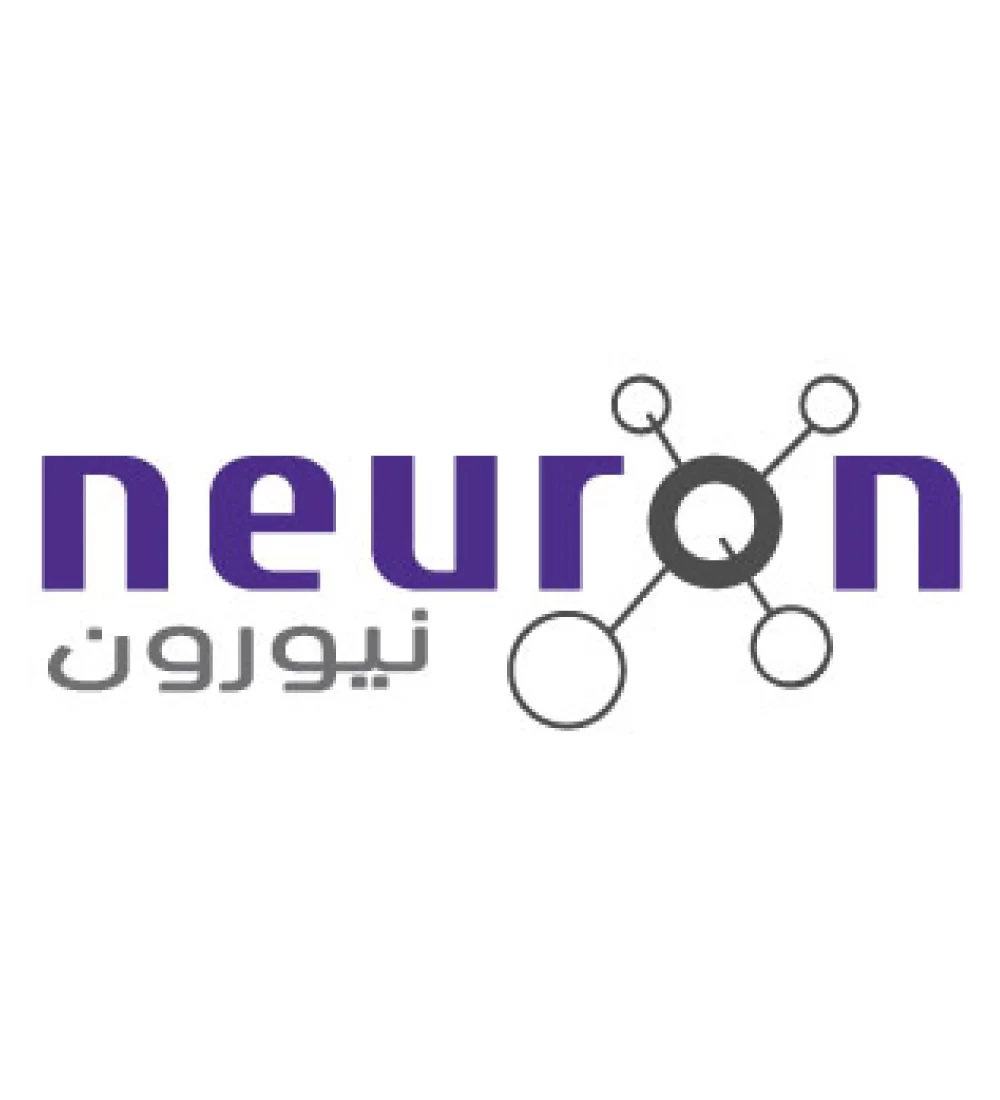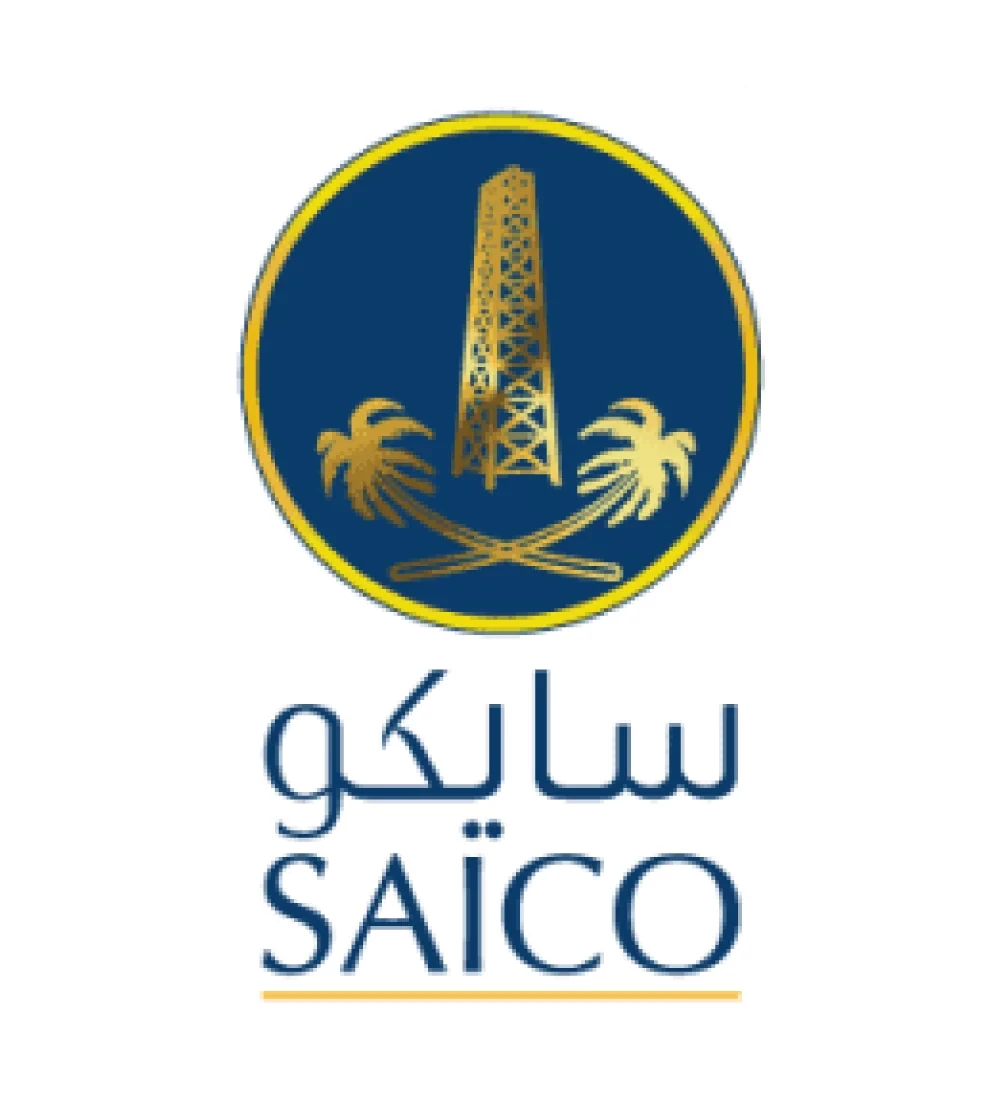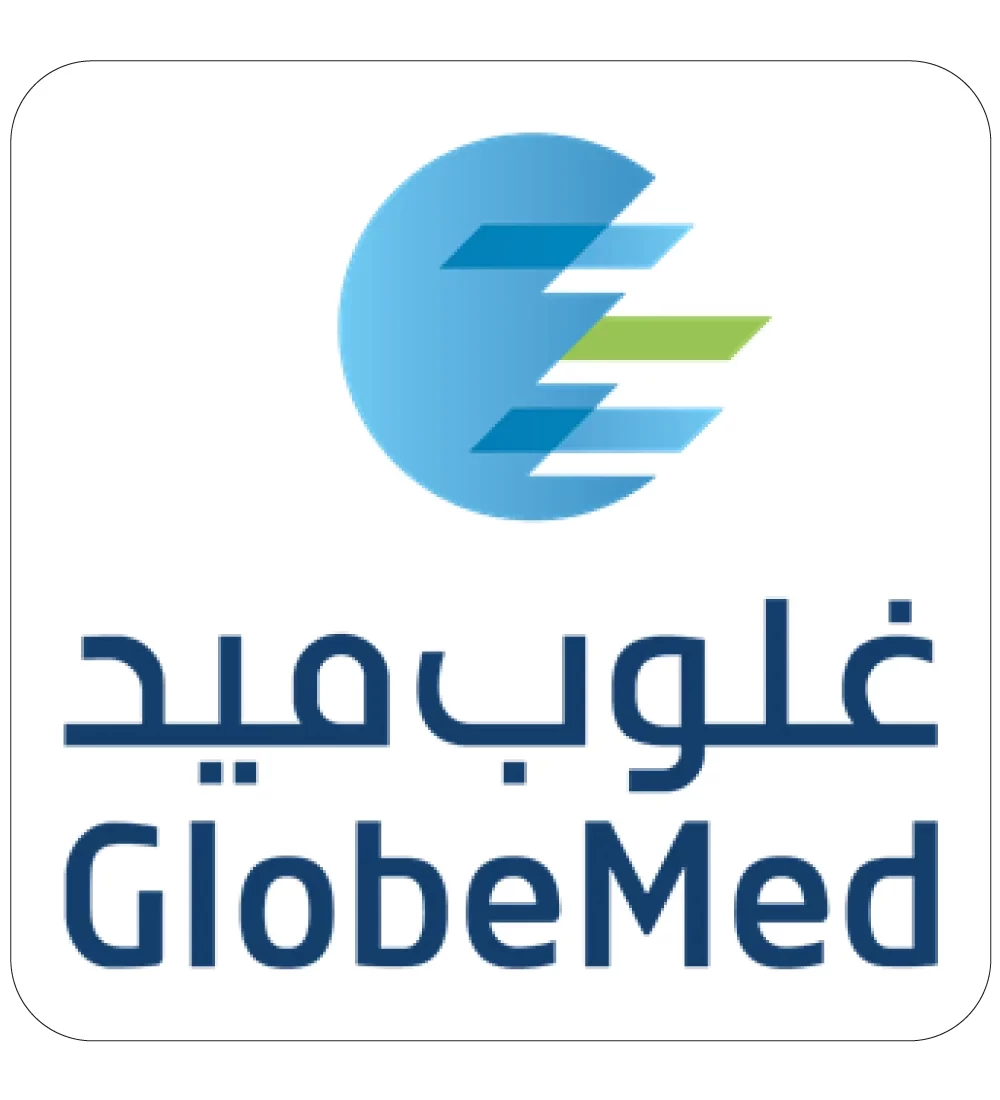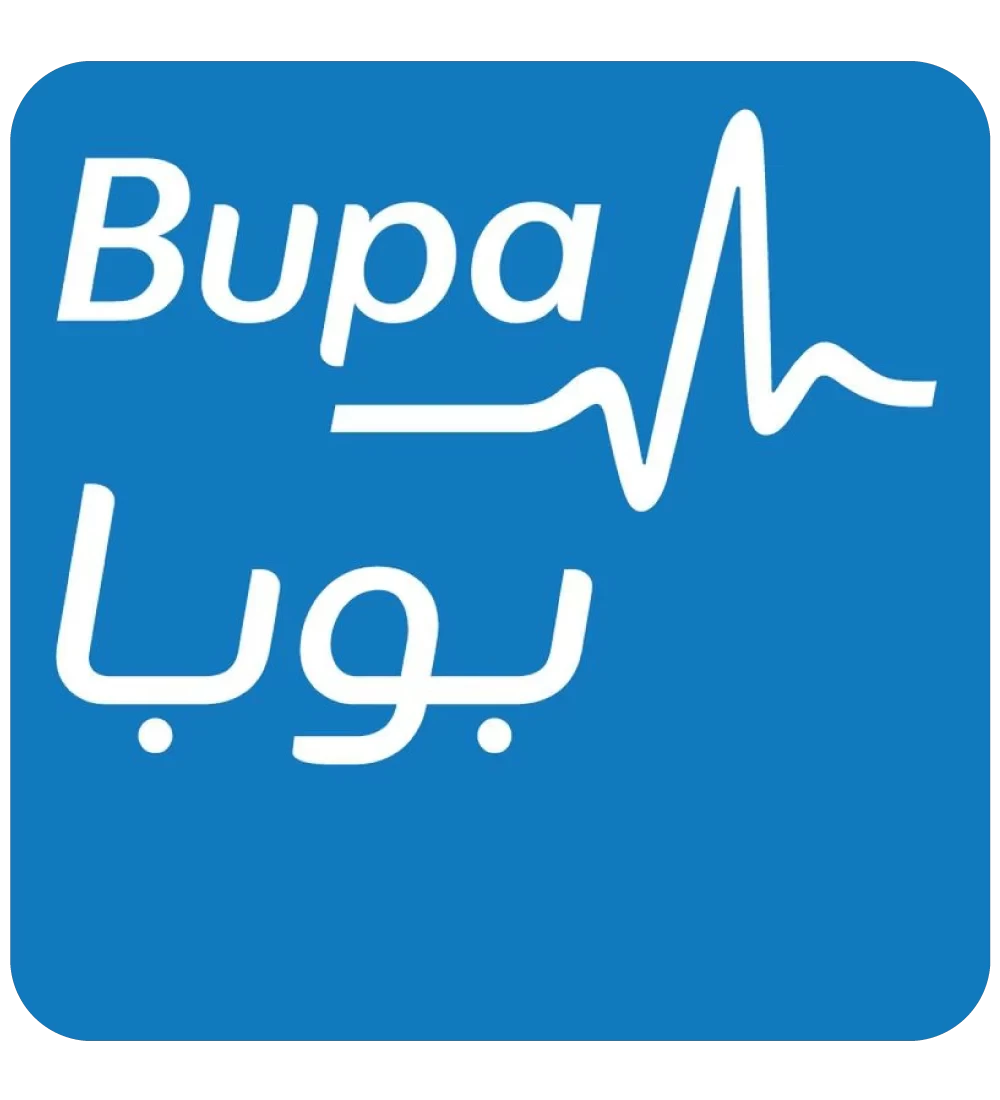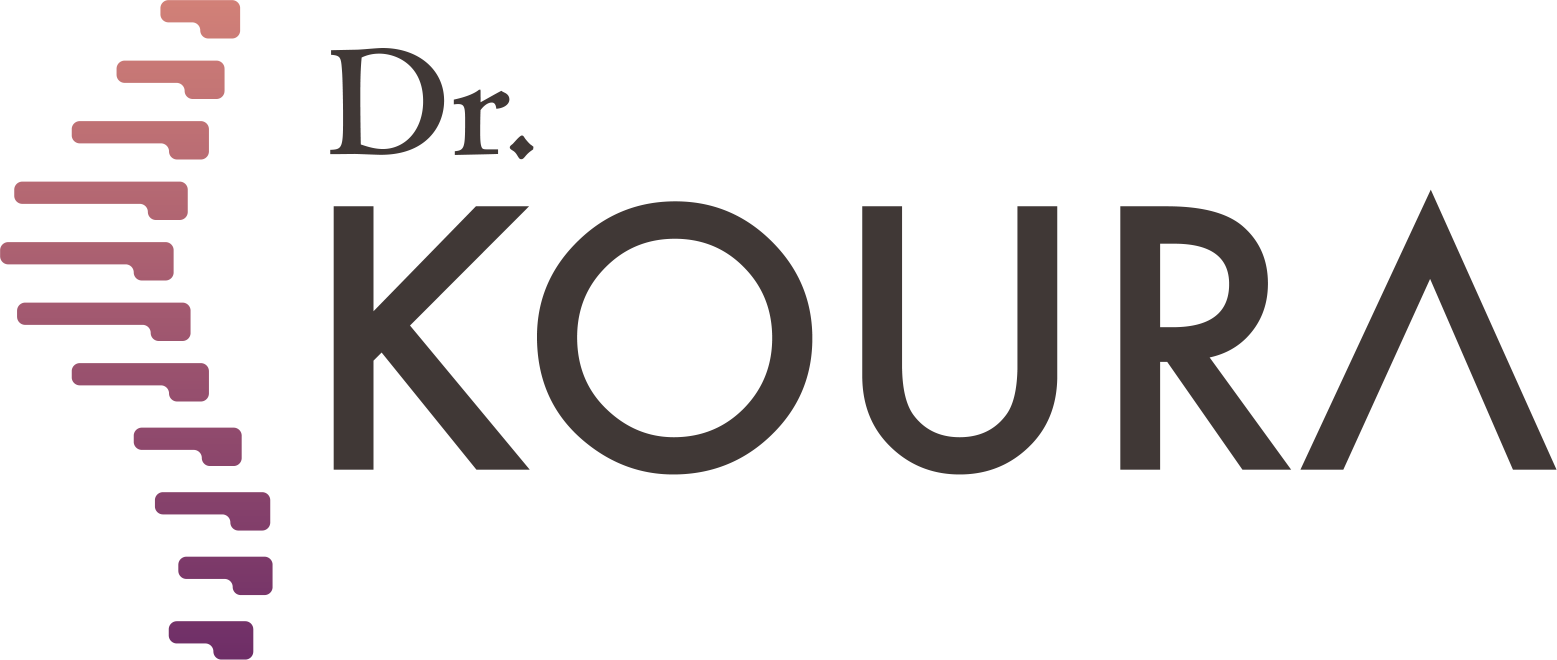
To see patients' reviews
Click hereEndoscopic Discectomy

Symptoms
If you experience spinal disc prolapse or spinal canal stenosis, your doctor might recommend you undergo spinal surgery. But due to technological advancement, endoscopic surgeries came to replace traditional surgery. You want to work closely with well-trained and experienced physicians for the success of your surgery. The doctor will help you determine whether this is the best medical option for your situation.
At Koura Clinic, we are a spine, pain management and neurosurgery practice with dedicated spine physicians and neurosurgery specialists specializing in finding solutions to acute pain conditions and injuries. Our board-certified medical care providers have in-depth experience handling minimally invasive spine surgeries.
What is Endoscopic Discectomy?
This is an invasive surgical procedure used by surgeons to remove herniated disc materials. The discs might cause pain in your cervical spine, thoracic spine, and lower back. Endoscopic discectomy is one of the simplest procedures for treating disc herniation.
With the ED procedure, the surgeon does not need to open a surgical wound as in traditional surgeries. Instead, they observe your spine using a device known as a tubular retractor.
The surgeons insert the tube through small incisions, ensuring you do not suffer damage to your bones and muscles. The surgeons observe your spine with a more miniature camera than your phone. The procedure takes from 30 to 45 minutes and the patient is to be released by the next 2 to 3 hours following the surgery.
How Do Surgeons Perform the Endoscopic Discectomy?
After making an appointment with your doctor, you want to arrive at the hospital early. If you have any questions, you can ask the doctor before the surgery begins. During the discectomy procedure, the doctor directs you to the operative room. After moving to the room, they then administer sedation. Doctors inserts a small tube into your spine which allows them to view the spine without causing any damage to the surrounding muscles or bones. Your surgeon, with guidance of Xray and with a grasper through the previously mentioned tube, can excise the prolapsed disc and can treat the small annular tears or disc bulge with a laser. Lastly, the tube is removed and the very small incision is closed and it takes less than 48 hours for the incision to heal.
Are You Eligible for Endoscopic Discectomy?
Your case determines your eligibility for the endoscopic discectomy. Before the procedure, you want to discuss your situation with your doctor. The doctor will help you understand the procedure's benefits and potential complications. In rare cases, endoscopic discectomy is not as safe as traditional surgeries. Again, not all cases can be treated using EDs. Many doctors recommend many conservative treatments before you operate discectomy. You will be as well assessed for the eligibility to go on with procedure according to your present and past medical history including blood disorder.
The Potential Complications of Undergoing Endoscopic Discectomy
Note that under every surgical procedure, you will experience general risks. Endoscopic discectomy has less severe complications than traditional surgeries to control the potential risk, you need to talk with your doctor immediately if you experience discomfort. The following are the possible complications that rarely takes place:
- Nerve damage: In rare cases, you might suffer blood or nerve injury during the procedure
- Returning symptoms: a few patients experience returning symptoms after the surgical procedure. But the chances are limited and stand at around 20%
- Infection: This is dealt with by administering antibiotics prior to the procedure and the patient is commenced on antibiotics after the procedure as well.
Endoscopic Discectomy Recovery
Since the procedure is invasive, the patient can head home within 24 hours after the surgery. After arriving at their home, the patient must follow specific post-recovery instructions. The post-recovery instructions ensure your spine is protected until you fully recover
Activity restriction: you need to avoid high-impact activities, repetitive tasks, and lifting heavy things that might require motion at your spine for at least 21 days. It means you want to keep your distance from any activity that involves lifting, bending, or twisting the lumbar spine.
- Walking: note that walking increases blood flow, reduces the potential risks of pneumonia, and reduces the likelihood of blood clotting during the post-recovery period.
- Proper nutrition: you must take vitamins and proteins after the surgery. These foods facilitate the healing of tissues and wounds after the procedure.
- Pain medication: you want to take the prescribed medication as directed and when necessary. Many patients do not stop taking their drugs in the first week after the surgery. Over-the-counter medicines like Tylenol and ibuprofen might be used instead of the pain medication.
.
The Benefits of Undergoing Endoscopic Discectomy Surgery
Before undergoing the EDS, it is good you discuss with your doctor the benefits of the procedure over other surgical procedures. Contact our Los Angeles discectomy physicians, and we will help you learn more benefits of the EDS procedures over traditional spine surgeries. The following are the common benefits associated with undergoing the endoscopic discectomy surgical procedure:
No General Anesthesia
Unlike traditional spine surgeries, the endoscopic discectomy procedure requires local anesthesia. Local anesthesia numbs the surface to ensure you remain comfortable during the surgical procedure. The anesthesia also eliminates the possible complications associated with general anesthesia.
Small Incisions
The endoscopic discectomy procedure uses small incisions for the doctor to reach the damaged portions of your spine. The small incisions reduce the potential risks of bleeding and developing a scar, and the risk of developing an infection.
Minimally Invasive Procedure
The surgical procedure involves the use of tiny tools and a small camera. The surgeon uses a small camera to view the spine. The camera eliminates the need for the surgeon to make large incisions as they try to access your spine. The small tools also help the surgeon navigate through your spine. Lastly, the surgeon does not cut your muscle or remove any surrounding bone to access the herniated disc using the small devices.
Fast Recovery
The surgical procedure only takes 30 minutes to complete. It means you can head home shortly after the process. Also, you experience less pain and a short hospital stay compared to traditional spine surgery.
Why Choose Dr. Mohamed Koura ?
Simply because he is the best doctor. He stays updated on the latest treatment technologies through his participation in various international conferences with leading foreign doctors and experts. Finally, and most importantly, Dr. Mohamed Koura is the best doctor in Egypt and the Arab world, possessing 12 non-surgical techniques for treating spinal and joint problems. He was the first to introduce modern interventional treatment techniques in Egypt and the Middle East and is the only one using the disc fx technique to treat spinal pain.
Watch Dr. Koura through videos
By following Dr. Koura on social media, you can watch videos to learn more about pain management techniques



Certainly not, some cases must be treated surgically, and the most appropriate technique for the patient is determined through a medical examination and the presence of imaging studies.
No, it is necessary to make a reservation through a phone call or social media messages.
There are no risks or side effects associated with non-surgical pain interventions.
The patient needs only 3 to 4 days before they can travel comfortably, and the hospital stay does not exceed 6 to 8 hours.
A condition cannot be accurately assessed and a proper medical diagnosis made without a medical examination and recent imaging studies.
Yes, there are several payment methods available through Visa or electronic wallets by making a reservation on our website.
Certainly, obesity is one of the causes of knee osteoarthritis.
Radiofrequency activates the nerve and does not cause any damage to it.
Non-surgical interventions are a definitive treatment for some cases and pain relievers for other cases, which is determined by the doctor through a medical examination.
If the herniated disc is fully treated, there is a possibility of it reoccurring in some cases, such as not following the doctor's prescribed instructions after the intervention, experiencing an accident, or making a sudden wrong movement like lifting heavy objects.
The entire disc is not removed due to the presence of several risks and it may exacerbate the condition. Only the protruding part that causes pain is removed.
This cannot be done with radiofrequency, but it is performed through other techniques that Dr. Koura conducts.
The success or failure of non-surgical interventions cannot be judged through radiographic imaging because these procedures involve making subtle changes to critical parts to address the issue. Consequently, they do not produce significant changes to avoid potential complications in the future or damage to the spine and joints, which is our primary goal.
Spinal stenosis does not typically cause sciatica. In most cases, disc herniation is what may lead to sciatica. This does not necessarily mean that a patient with sciatica will also have spinal stenosis.
Sciatica may return if the patient does not adhere to the medical instructions provided by the doctor or in the event of an unexpected accident.
A life without pain without surgery
Once you book with Dr. Koura
Get rid of pain with just one call.. Book your appointment now with pain Management consultant Dr. Koura.
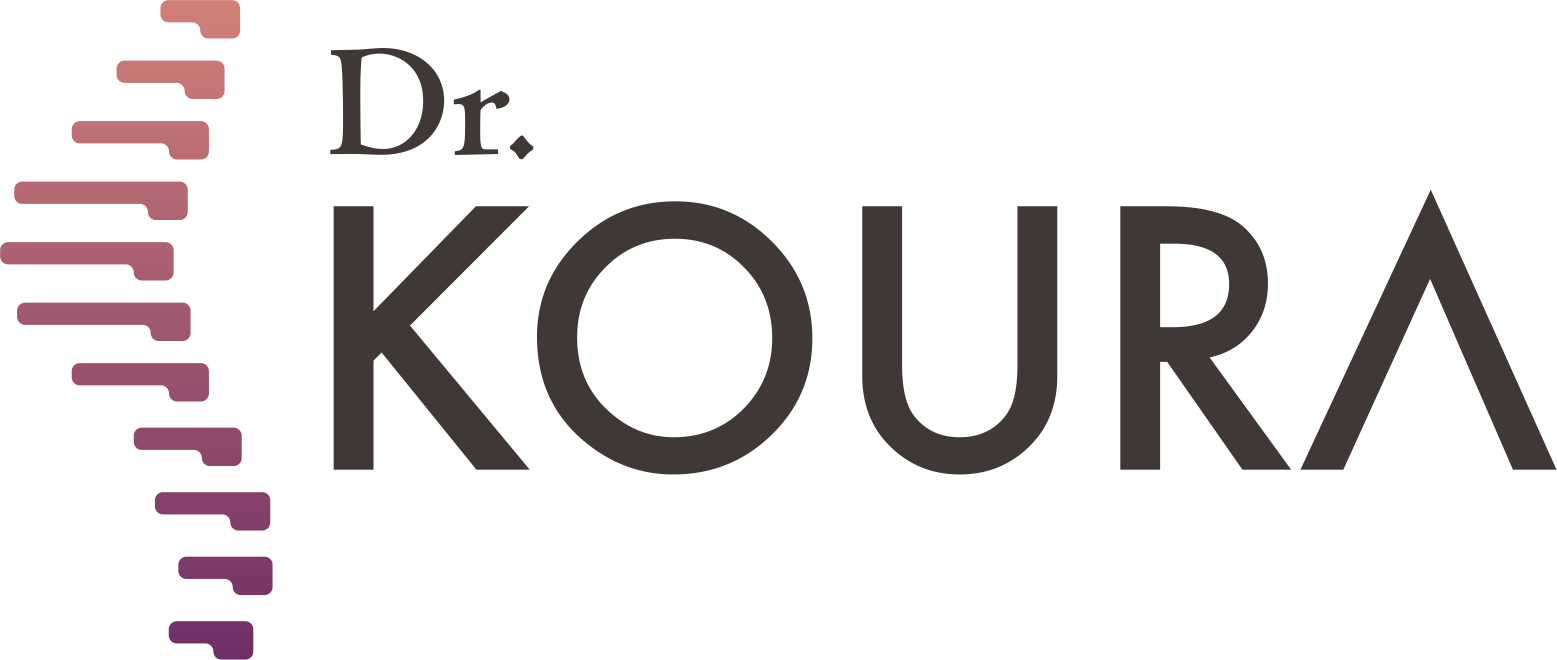





-webp.webp)




-webp.webp)







